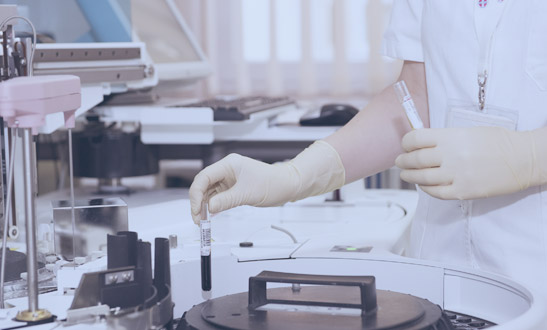
EMA Panel Backs Episalvan for Partial-Thickness Wounds
13th December 2015
Super-Responder Buzzkill: Some Likely Have Indolent Cancers
13th December 2015A new model for prostate cancer screening can significantly reduce the number of unnecessary biopsies and minimize detection of clinically insignificant disease in comparison with standard screening using prostate specific antigen (PSA) alone, the Stockholm 3 (STHLM3) study indicates.
“We have shown that a combination of plasma protein biomarkers, genetic polymorphisms, and clinical variables can improve the specificity of prostate cancer screening significantly compared with PSA in men aged 50 – 69 years,” write the authors, led by Henrik Grönberg, MD, Karolinksa Institute, Stockholm, Sweden. The study was published online November 9 in the Lancet Oncology.
“Use of the STHLM3 model in structured screening could reduce the number of prostate biopsy samples taken by about a third compared with the use of PSA screening, [and] importantly, this can be achieved without compromising the number of high-risk cancers diagnosed,” Dr Grönberg said.
Men Underwent Both Screening Methods
STHLM3 was a prospective, population-based diagnostic study in which investigators compared the new screening model with the standard PSA test in men between 50 and 69 years of age living in Stockholm, Sweden. Each study participant underwent both screening methods.
The STHLM3 model involves testing for a combination of plasma protein biomarkers (PSA, free PSA, intact PSA, human kallikrein 2, beta-microseminoprotein, and macrophage inhibitory cytokine 1), as well as for 232 single-nucleotide polymorphisms, and analyzing clinical variables (age, family history, previous prostate biopsy and prostate examination results).
“STHLM3 was done in two separate phases,” Dr Grönberg and colleagues report.
The first phase involved a training cohort consisting of 11,130 men recruited to the STHLM3 study between 2012 and 2013; the second phase involved 47,688 men who made up the validation cohort, which was used to prospectively test the STHLM3 algorithm.
On the basis of PSA test results, the STHLM3 model, or both, 7606 of the 47,688 (16%) men in the validation cohort were referred for urologic consultation for further evaluation. A prostate biopsy sample were taken in 71% of this group.
In a multiple logistic regression model, “all variables used in the STHLM3 model were significantly associated with high-risk prostate cancers (P < .05),” the authors note.
The STHLM3 model did significantly better than PSA testing in detecting high-risk prostate cancers (P < .0001), they add.
Dr Grönberg and colleagues also found that the STHLM3 model would reduce the number of biopsies by 32% and the number of benign biopsy results by 44% in comparison with standard PSA screening.
“Of the 603 high-risk cancers identified by the STHLM3 model, 124 (21%) were identified in the PSA range 1-3 ng/mL,” they indicate.
Source: http://www.medscape.com/viewarticle/854737?nlid=91903_1842&src=wnl_edit_medp_wir&uac=105099AK&spon=17&impID=900273&faf=1

